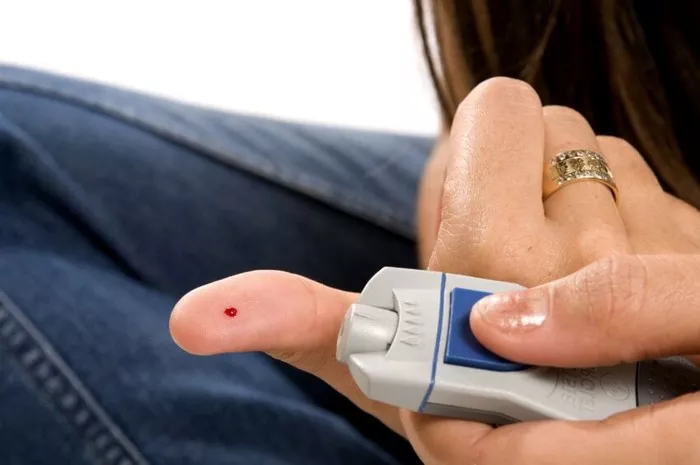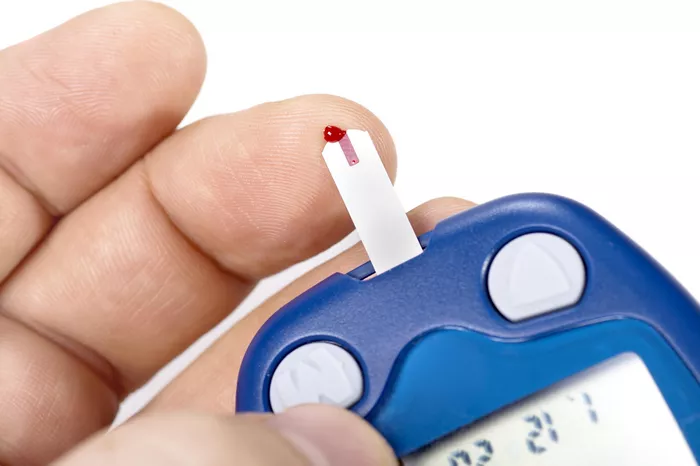In the realm of type 1 diabetes management, insulin serves as the cornerstone of treatment. With advancements in medical science, a variety of insulin formulations have emerged, each tailored to meet specific needs of individuals with type 1 diabetes. Understanding the nuances and differences among these types of insulin is crucial for optimizing diabetes care. This article aims to elucidate the spectrum of insulin options available for type 1 diabetes management, delineating their mechanisms of action, onset, peak, and duration profiles, as well as practical considerations for clinical application.
Rapid-Acting Insulin Analogs:
Rapid-acting insulin analogs represent a pivotal advancement in diabetes care, characterized by their swift onset of action and short duration. Examples include insulin lispro, insulin aspart, and insulin glulisine. These insulins mimic the physiological insulin response postprandially, making them ideal for controlling post-meal glucose spikes. Rapid-acting insulin analogs typically onset within 15 minutes, peak around 1-2 hours, and exhibit a duration of action lasting 3-5 hours. Their rapid onset aligns with meal consumption, offering flexibility and precision in bolus insulin dosing.
Short-Acting Insulin:
Short-acting insulin, exemplified by regular insulin (e.g., Humulin R, Novolin R), has been a mainstay in diabetes management for decades. Unlike rapid-acting analogs, short-acting insulin has a slower onset of action, typically commencing within 30 minutes, peaking around 2-3 hours, and persisting for 3-6 hours. Despite its delayed onset compared to rapid-acting analogs, short-acting insulin remains invaluable, particularly in scenarios where rapid-acting formulations are contraindicated or unavailable. It plays a vital role in managing hyperglycemia, especially during periods of illness or when oral intake is compromised.
Intermediate-Acting Insulin:
Intermediate-acting insulins, such as NPH (Neutral Protamine Hagedorn) insulin, offer an extended duration of action, providing basal insulin coverage between meals and overnight. NPH insulin typically initiates within 1-3 hours, peaks around 4-12 hours, and can last up to 18 hours. Its slower onset and prolonged duration make it suitable for basal insulin supplementation, although its pharmacokinetic variability necessitates careful monitoring and dose titration. Despite its utility, NPH insulin has become less favored in recent years due to its inconsistent absorption kinetics and increased risk of hypoglycemia, especially during peak hours.
Long-Acting Insulin Analogs:
Long-acting insulin analogs revolutionized basal insulin therapy, offering a more predictable and sustained release compared to intermediate-acting insulins. Examples include insulin glargine, insulin detemir, and insulin degludec. These formulations exhibit minimal peak effects, providing a steady basal insulin level over an extended duration, typically ranging from 18 to 24 hours. Long-acting insulin analogs offer greater flexibility in dosing schedules, reduced risk of hypoglycemia, and improved glycemic control compared to NPH insulin. Their pharmacokinetic consistency and prolonged duration make them integral components of basal insulin regimens in type 1 diabetes management.
Pre-Mixed Insulin Formulations:
Pre-mixed insulin formulations combine rapid-acting or short-acting insulin with intermediate-acting insulin in fixed ratios, simplifying dosing for individuals requiring both basal and prandial insulin coverage. Common examples include insulin 70/30 (70% NPH insulin, 30% regular insulin) and insulin 75/25 (75% insulin lispro protamine, 25% insulin lispro). These formulations offer convenience and ease of administration, particularly for patients with adherence challenges or cognitive impairments. However, pre-mixed insulins may not provide the flexibility or precision of separate basal and bolus insulin administration, limiting their utility in certain clinical scenarios.
Ultra-Rapid-Acting Insulin Analogs:
Emerging on the horizon are ultra-rapid-acting insulin analogs designed to mimic the physiological insulin response even more closely. These formulations boast an accelerated onset of action, achieving peak insulin levels within minutes after administration. One notable example is faster aspart, which demonstrates an onset of action as rapid as 2.5 minutes. Ultra-rapid-acting insulin analogs hold promise in optimizing postprandial glucose control, minimizing glycemic variability, and enhancing overall diabetes management. However, further research is warranted to delineate their long-term efficacy, safety profile, and clinical utility in type 1 diabetes management.
Conclusion:
The landscape of insulin therapy for type 1 diabetes continues to evolve, driven by innovations in insulin formulation and delivery. Each type of insulin offers distinct pharmacokinetic properties and clinical considerations, necessitating individualized treatment strategies tailored to patients’ needs and preferences. Rapid-acting insulin analogs excel in postprandial glucose control, short-acting insulin remains indispensable for certain clinical scenarios, long-acting insulin analogs provide reliable basal coverage, and pre-mixed formulations offer convenience at the expense of flexibility. As newer insulin analogs emerge, clinicians must stay abreast of advancements in diabetes care to optimize patient outcomes and quality of life. By leveraging the diverse armamentarium of insulin formulations, healthcare providers can empower individuals with type 1 diabetes to achieve glycemic targets, mitigate complications, and thrive in their journey towards optimal health and well-being.
What Causes Type 2 Diabetes At The Cellular Level?



























